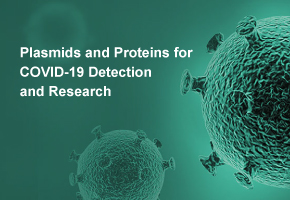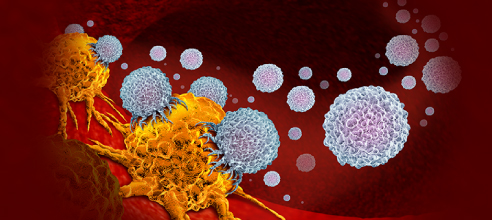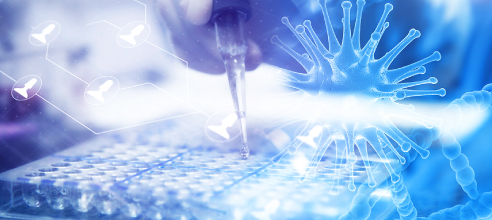Polyethylene Glycol vs Ethylene Glycol
Chemical Structure and Molecular Weight
Polyethylene Glycol is the polymer form of EG, with its molecular weight varying depending on the degree of polymerization. The molecular weight of PEG generally ranges from hundreds to tens of thousands, while EG has a molecular weight of only 62. This difference in molecular weight leads to significant differences in their physical properties and applications. The polymer structure of PEG gives it higher viscosity and better biocompatibility, whereas EG's low molecular weight results in lower viscosity and higher solubility.
Physical Property Comparison
Viscosity: PEG's viscosity increases significantly with molecular weight, whereas EG has a lower viscosity. The high viscosity of PEG makes it ideal for applications requiring lubrication or thickening, while EG's low viscosity gives it an advantage in applications that need fast diffusion or dissolution.
Toxicity: PEG is generally considered non-toxic, whereas EG has certain toxicity, especially to the kidneys and central nervous system. The toxicity of EG mainly arises from its metabolic products, such as oxalate and glycolic acid, which can lead to severe kidney damage and metabolic acidosis. Therefore, the use of EG requires strict control over dosage and environment.
Solubility: Both PEG and EG are water-soluble, but PEG's solubility is highly dependent on its molecular weight. Low molecular weight PEG has better water solubility, while high molecular weight PEG requires higher temperatures or longer times to dissolve completely.
Differences in Application Areas
Advantages of PEG in Medical and Cosmetic Fields: PEG's non-toxicity, water solubility, and excellent biocompatibility make it uniquely advantageous in the medical and cosmetic industries. It is widely used in drug delivery, bowel cleansing, moisturizers, and emulsifiers. Its biocompatibility allows it to interact with human tissues and cells without triggering severe immune or toxic reactions.
Irreplaceable Role of EG in Industrial and Automotive Fields: EG's high boiling point, low freezing point, and good solubility make it indispensable in automotive antifreeze, coolants, and chemical raw materials. EG-based antifreeze protects engines from freezing in low temperatures and operates effectively in various conditions. Its use in polyester fibers and plastic manufacturing makes it a vital raw material in the chemical industry.
Biocompatibility of PEG: PEG has good compatibility within biological systems and does not induce severe immune reactions, making it widely used in medical and cosmetic applications. Its biocompatibility allows it to interact with tissues and cells without causing significant toxicity.
Potential Hazards of EG and Handling Methods: EG has some toxicity, particularly with potential harm to the kidneys and nervous system of animals and humans. Therefore, strict safety protocols must be followed during its use and handling to prevent leaks and contamination. EG leaks may lead to severe environmental pollution, necessitating effective disposal and recycling methods.
- Like
- Reply
-
Share
About Us · User Accounts and Benefits · Privacy Policy · Management Center · FAQs
© 2025 MolecularCloud



